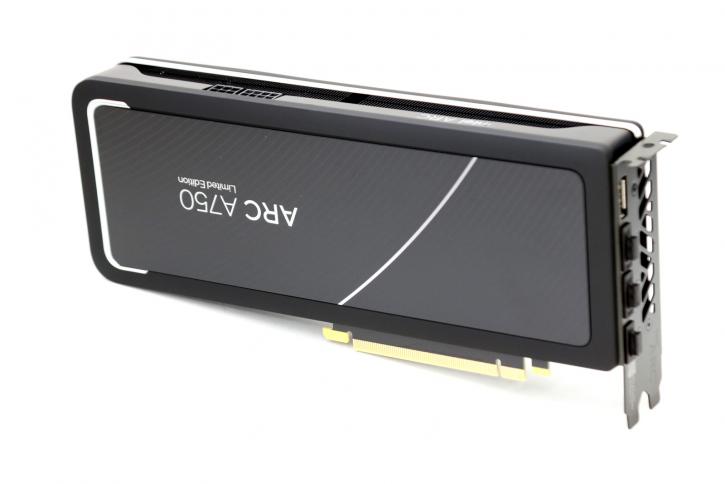Introduction
Intel Arc A750 Limited Edition review
The Comeback of GPUs in the Middle Range
Intel submitted their ARC A750 and A770 for review. In this article, we'll have a peek at the A750. The new graphics card from Intel positions itself in a mainstream segment in the Radeon RX 6600 and GeForce RTX 3060. The A750 with its 8GB graphics memory is positioned ina far better price range, and granted, does offer okay value for money if the street prices weren't that high.
It's been a rough launch for Intel. Initially only releasing slower A380 SKUs in the Asia region, then with the launch of the ARC A770 Intel immediately ran into low volume availability issues. Next to that, many software issues have been plaguing and trailing the hardware releases. One of the reasons for this late review is simple, Intel did not have enough sample kits. So predominantly YouTubers got priority over the more technical media, with exemptions here and there. The good news is that ever since its launch, Intel drivers have improved further in a positive manner. We found the ARC A700 series to offer a reasonably stable platform, with performance numbers that excel in DX12 games but remain dim in DX11 games.
As you might have noticed, the A770 was launched in two different versions: 8GB of memory and 16GB. The A770 Limited Edition we are testing costs $350, while the regular 8GB version costs $330. Then there is the A750, which is a bit smaller and will cost $290.These are MSRPs though, we can't find these prices anywhere at any retailer. Here in the EU, you're down for almost 350 EUR. For something mainstream in this performance range, that's quite a lot.
The Arc A750 is built on the identical 6 nm ACM-G10 silicon as the $349 A770 Limited Edition, which we examined last weektoday. While the A770 utilises all 32 Xe Cores over 8 Render Slices, the A750 is created by turning off one of those Render Slices, leaving us with 7, or 28 Xe Cores. The memory is set at 8 GB across the same 256-bit GDDR6 memory bus width, but at a lesser data rate of 16 Gbps (512 GB/s total bandwidth), compared to the A770's 17.5 Gbps (560 GB/s bandwidth). Unlike the A770, there is no 16 GB option.
Intel customers will desire or even need a PC that works with ReBAR
Keep in mind that these cards are highly dependent on Resize BAR functionality; ergo if you drop in an Intel ARC card, then your PC should not be older than a few years. Update your motherboard BIOS with the latest firmware and enable it. If not, it'll work, but your performance will drop significantly. Arc A770 and A750 need a CPU from Intel's 10th generation or AMD's Ryzen 3000 or later. Arc Alchemist cards benefit greatly from Resizable BAR, which is only available on processors made in the last few generations. The cards will work with older CPUs, but the performance will be much worse if ReBAR is turned off. We did not retest my whole benchmark suite because we could see the differences after just a few games sometimes performance dropped by 25% Right, these are the most important specs, for this review, we will be using Intel reference cards, also dubbed Limited edition, and in our case we even had to peel of engineering samples stickers.
.png)

